Italy is renowned for its diverse and delicious pasta, but beyond the famous shapes and sauces lies a treasure trove of distinctive pasta varieties from lesser-known regions. These unique creations offer a glimpse into the rich culinary traditions and local ingredients that define Italy’s diverse gastronomic landscape. From hand-rolled delicacies to region-specific shapes, each variety tells a story of heritage and flavor, inviting food enthusiasts to explore the authentic tastes of Italy’s hidden corners. Join us on a culinary journey to discover these hidden gems that showcase the true essence of Italian pasta.
Pizzoccheri (Lombardy)
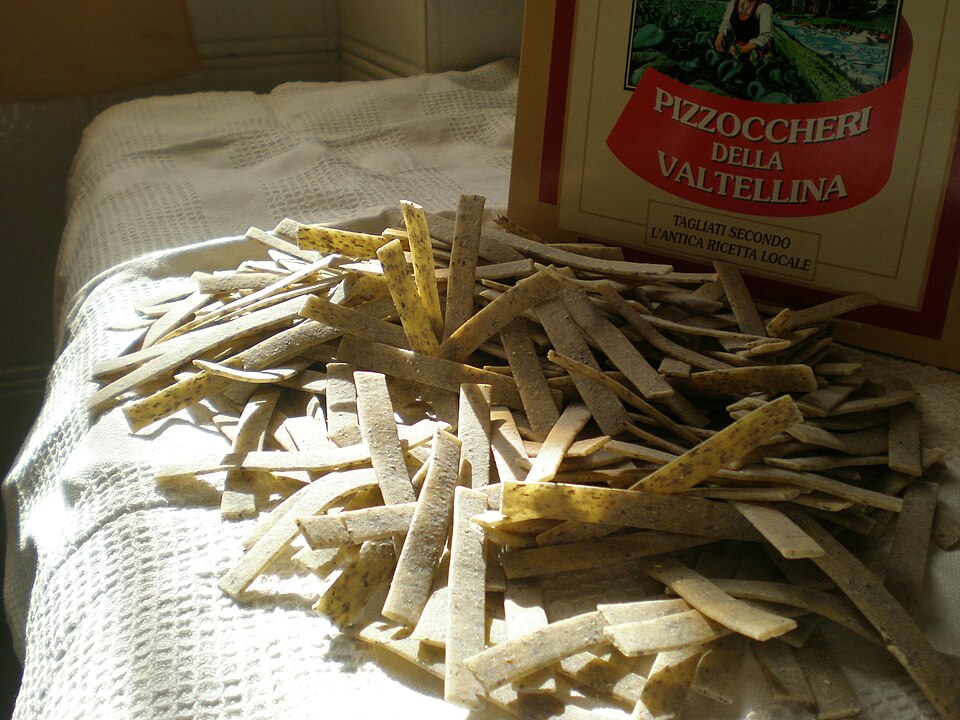
Pizzoccheri is a hearty buckwheat pasta originating from the Valtellina region in Lombardy. This flat, ribbon-like pasta is typically cooked with potatoes, cabbage, and a generous amount of cheese and butter, resulting in a rich and comforting dish. The unique nutty flavor of buckwheat sets pizzoccheri apart from more common wheat-based pastas.
Cavatelli (Molise)
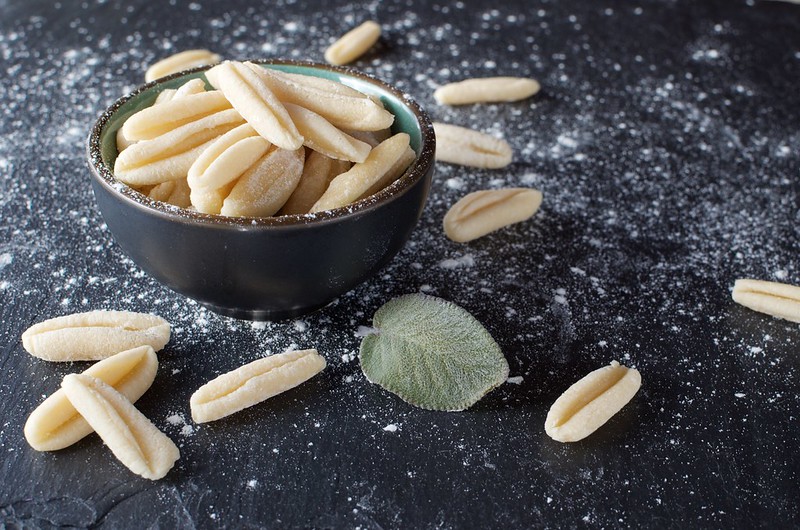
Cavatelli, native to Molise, is a small, shell-like pasta that resembles miniature hot dog buns. Made from durum wheat semolina and water, cavatelli’s firm texture makes it perfect for hearty sauces like ragù or sausage and broccoli. Its ridges help sauces cling to each bite, enhancing the overall flavor.
Trofie (Liguria)
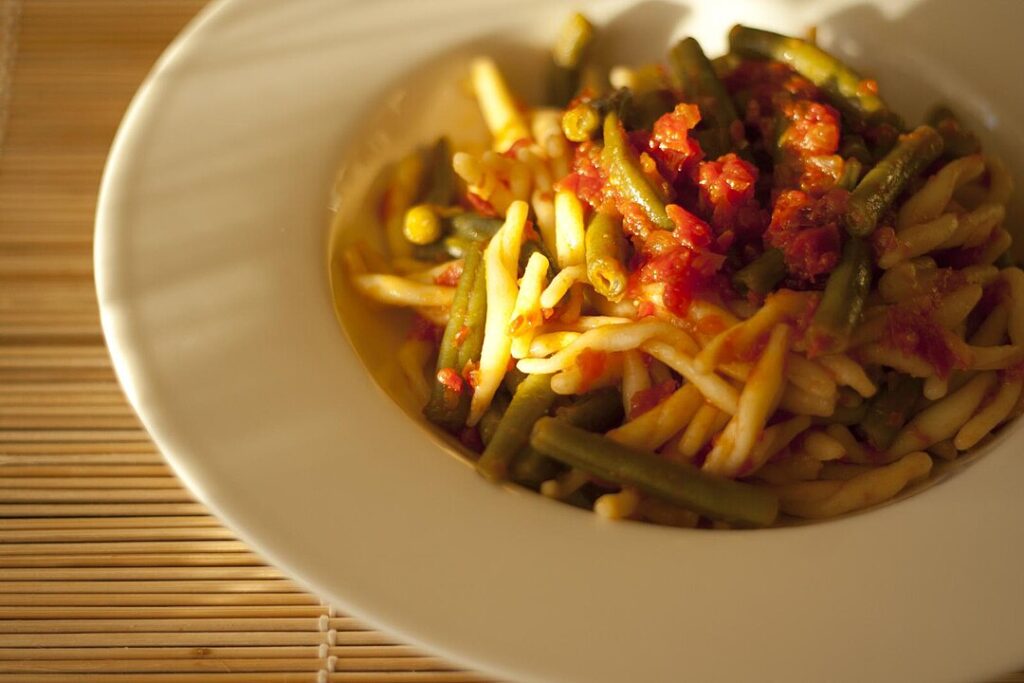
Trofie is a twisted pasta from Liguria, often associated with the region’s famous basil pesto. Made from durum wheat flour and water, trofie’s spiral shape is perfect for holding the creamy, aromatic pesto sauce. Its chewy texture adds a delightful contrast to the smoothness of the sauce.
Strangozzi (Umbria)
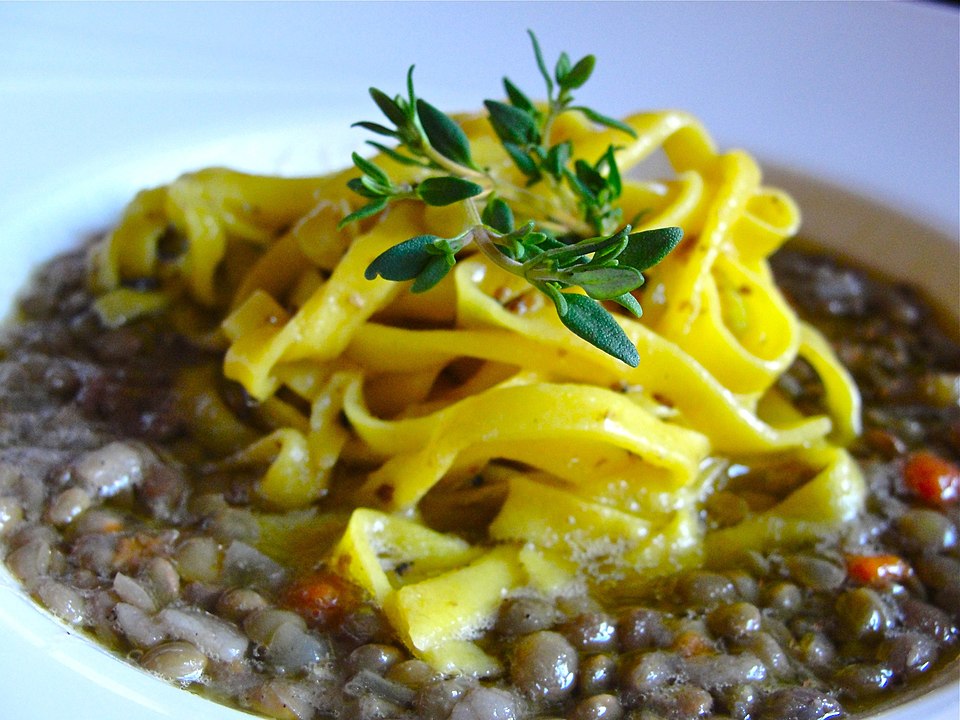
Strangozzi, a specialty of Umbria, is a long, rectangular pasta similar to tagliatelle but thicker and more rustic. Traditionally made by hand, strangozzi is often served with hearty sauces like wild boar ragù or truffle-based condiments, making it a robust and flavorful choice.
Lorighittas (Sardinia)
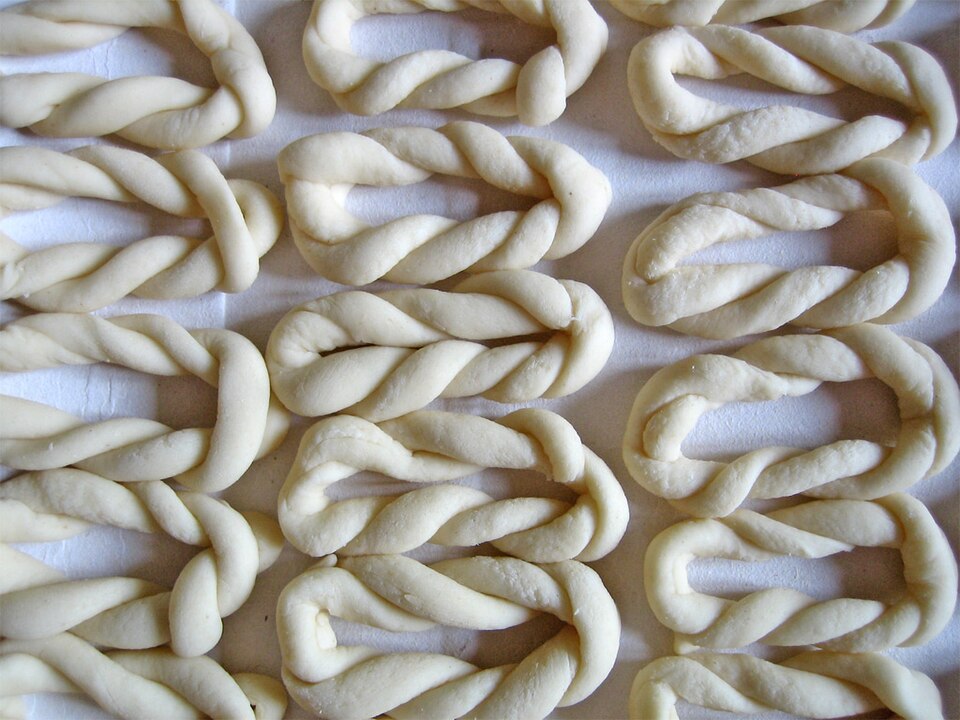
Lorighittas is a rare braided pasta from the island of Sardinia, specifically the village of Morgongiori. The intricate, ring-shaped pasta is made by twisting two strands of dough together, creating a unique texture that pairs well with rich tomato or seafood sauces.
Scialatielli (Campania)
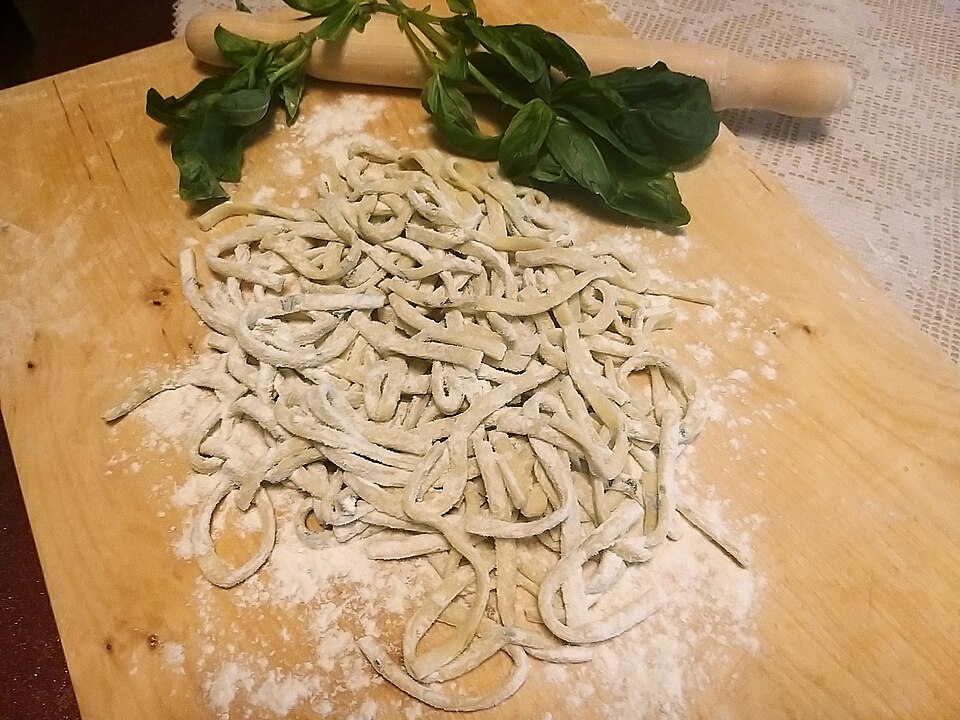
Scialatielli is a short, thick ribbon pasta from the Amalfi Coast in Campania. Its dough often includes milk, cheese, and fresh herbs, giving it a distinctive flavor. Scialatielli’s sturdy texture makes it ideal for seafood dishes, such as scialatielli ai frutti di mare, where it can hold up to the robust flavors.
Orecchiette (Apulia)
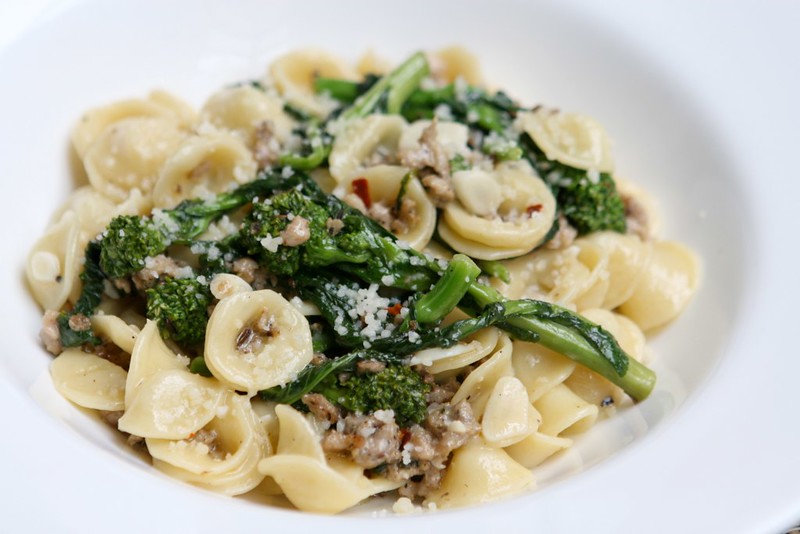
Orecchiette, meaning “little ears,” is a signature pasta from Apulia. Its concave shape is perfect for capturing chunky sauces, particularly the region’s classic combination of broccoli rabe and sausage. Made from durum wheat semolina and water, orecchiette’s firm texture offers a satisfying bite.
Fileja (Calabria)
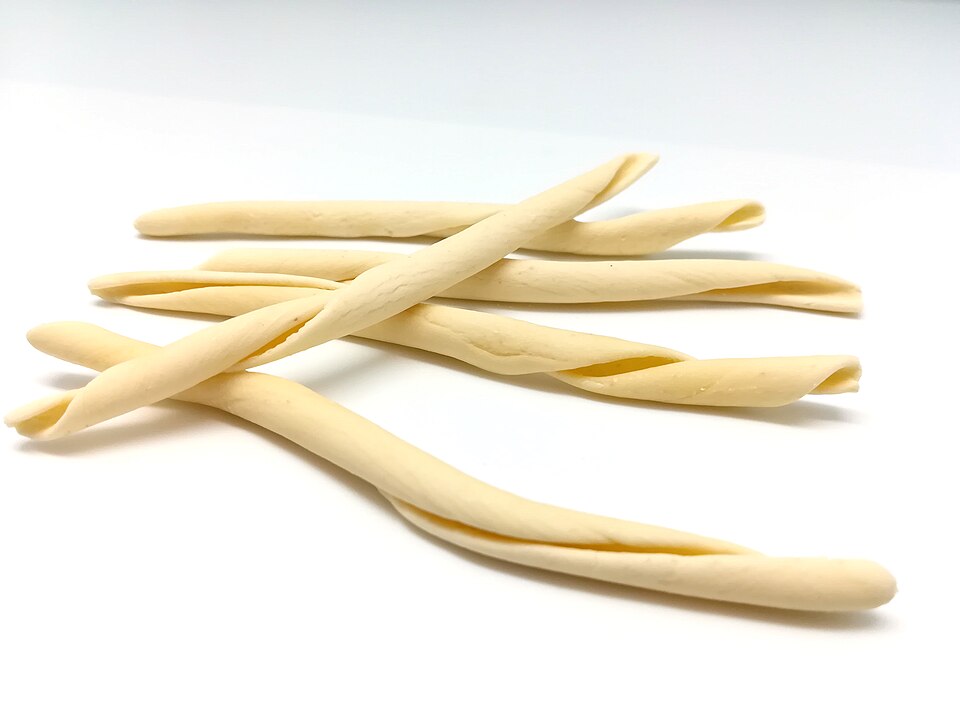
Fileja is a traditional pasta from Calabria, known for its elongated, tubular shape. Typically hand-rolled around a thin rod, fileja is often served with rich tomato sauces or ‘nduja, a spicy Calabrian sausage. Its hollow center allows it to soak up and hold onto sauces beautifully.
Busiate (Sicily)
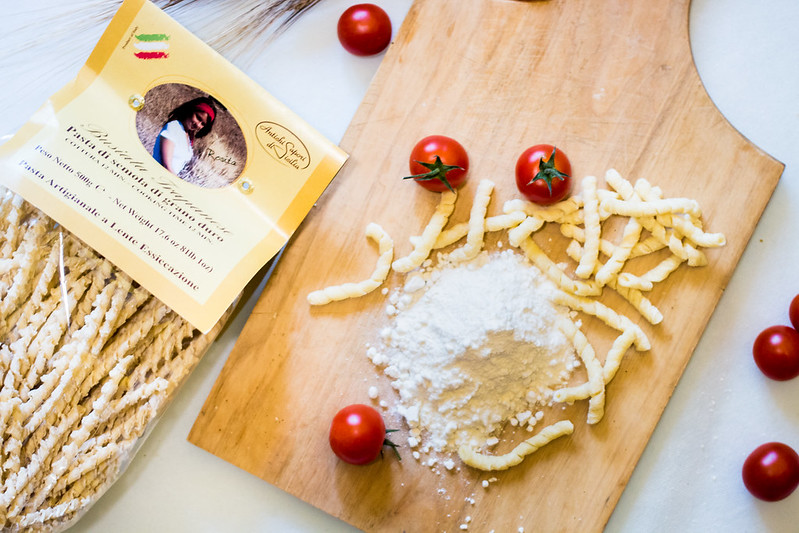
Busiate is a corkscrew-shaped pasta from Sicily, traditionally made by wrapping dough around a thin rod or knitting needle. This pasta is often paired with pesto alla Trapanese, a tomato-based pesto with almonds and garlic. The spiral shape of busiate captures the chunky sauce perfectly.
Pici (Tuscany)
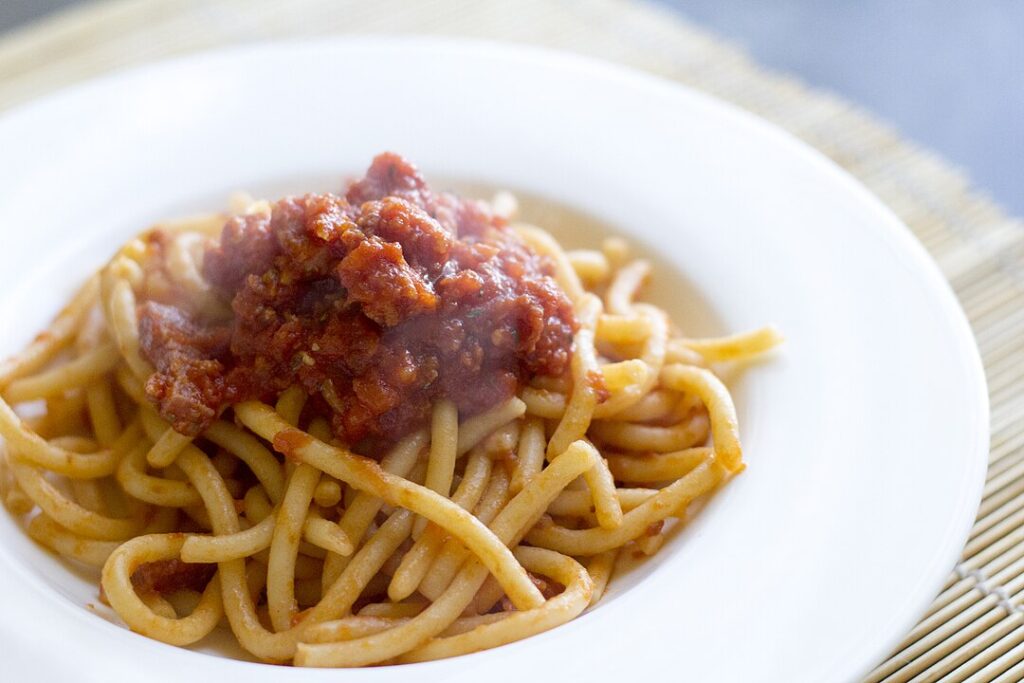
Pici is a thick, hand-rolled pasta from Tuscany that resembles fat spaghetti. Made from just flour and water, pici is typically served with simple yet flavorful sauces like aglione (garlic and tomato) or cacio e pepe (cheese and pepper). Its chewy texture makes each bite satisfying and hearty.
Bigoli (Veneto)
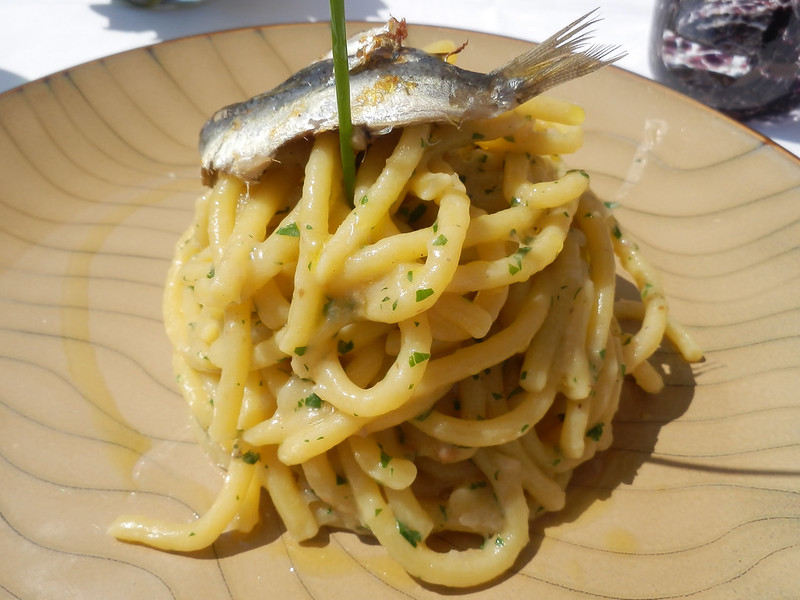
Bigoli is a thick, spaghetti-like pasta from Veneto, traditionally made with whole wheat flour and duck eggs. Its rough surface helps it hold onto robust sauces, such as bigoli in salsa, a dish featuring anchovy and onion sauce. The rich, nutty flavor of bigoli complements the savory sauces perfectly.
Strozzapreti (Emilia-Romagna)
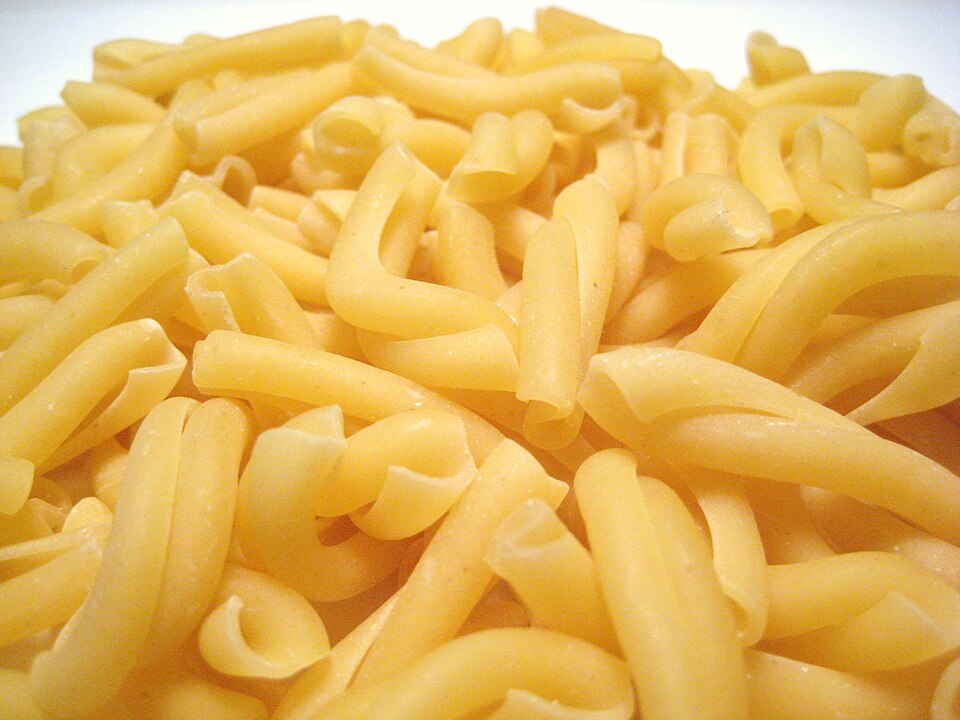
Strozzapreti, meaning “priest stranglers,” is a twisted pasta from Emilia-Romagna. Made from flour and water, its irregular shape is ideal for holding onto thick sauces, such as ragù alla Bolognese. Strozzapreti’s chewy texture makes it a hearty and satisfying choice for meat-based sauces.
Malloreddus (Sardinia)
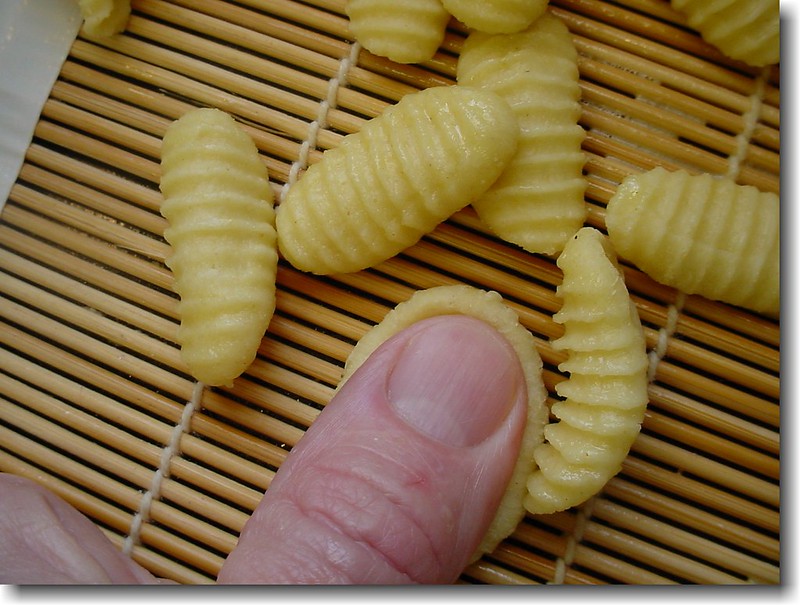
Malloreddus, also known as Sardinian gnocchi, are small, ridged pasta pieces made from semolina and water. Often flavored with saffron, malloreddus has a distinctive yellow hue and a slightly sweet flavor. It’s commonly served with a rich sausage and tomato sauce, known as malloreddus alla campidanese.
Paccheri (Campania)
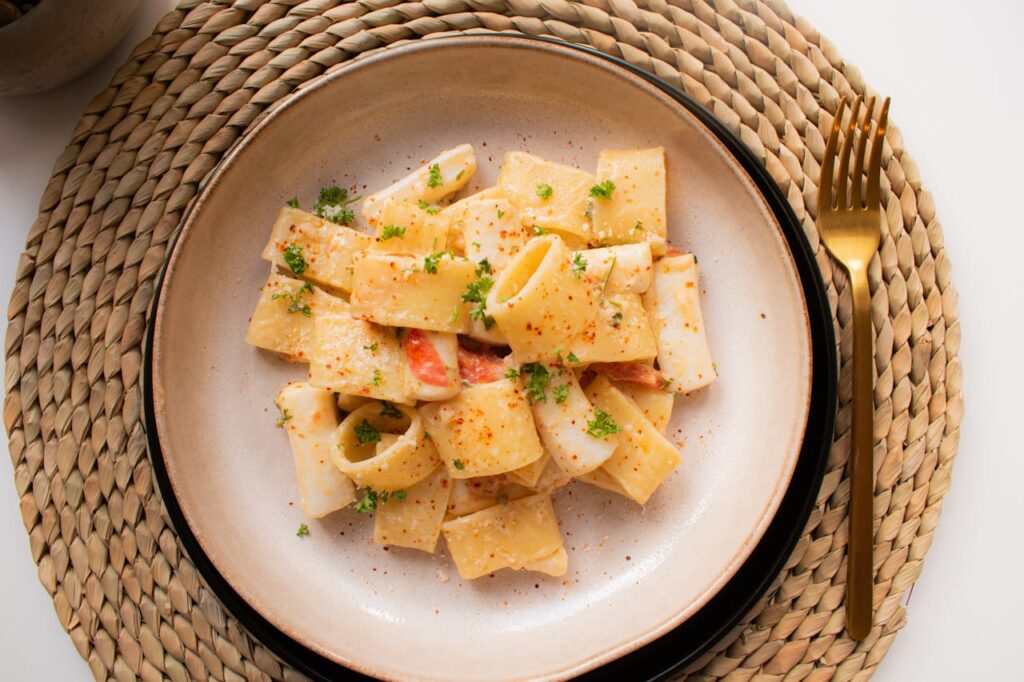
Paccheri is a large, tube-shaped pasta from Campania, resembling giant rigatoni. Its size and hollow center make it perfect for stuffing or pairing with hearty, chunky sauces. Paccheri’s smooth texture and substantial bite make it a favorite for rich meat or seafood dishes.
Maccheroni alla Chitarra (Abruzzo)
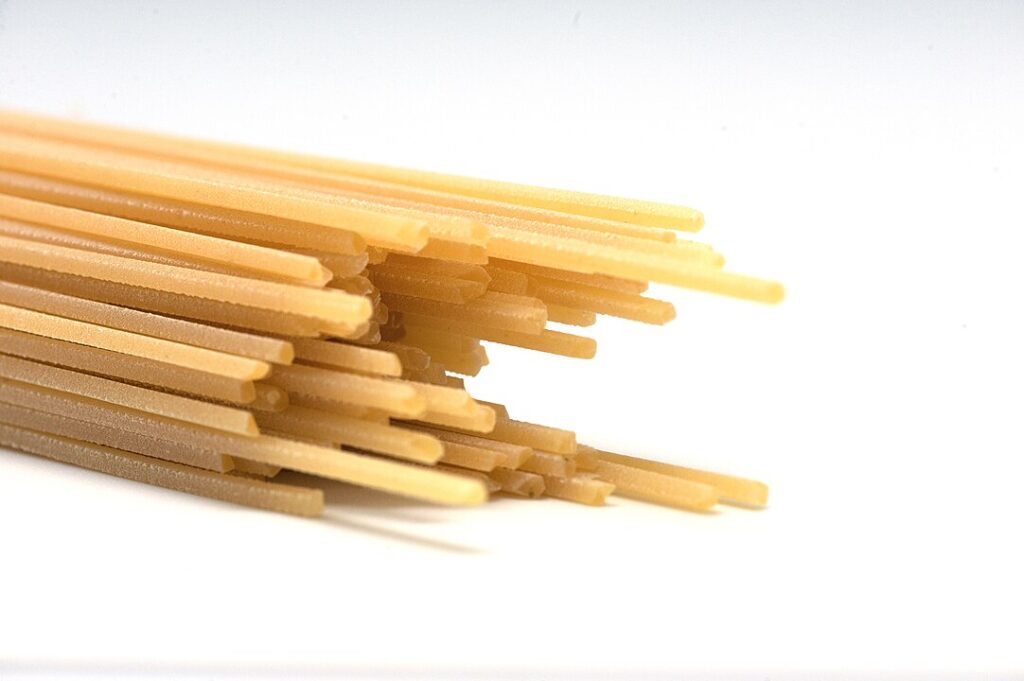
Maccheroni alla Chitarra, also known as spaghetti alla chitarra, is a square-shaped pasta from Abruzzo. Made using a traditional tool called a chitarra, which cuts the dough into thin, square strips, this pasta has a firm texture that pairs well with robust sauces, such as lamb ragù.
Garganelli (Emilia-Romagna)
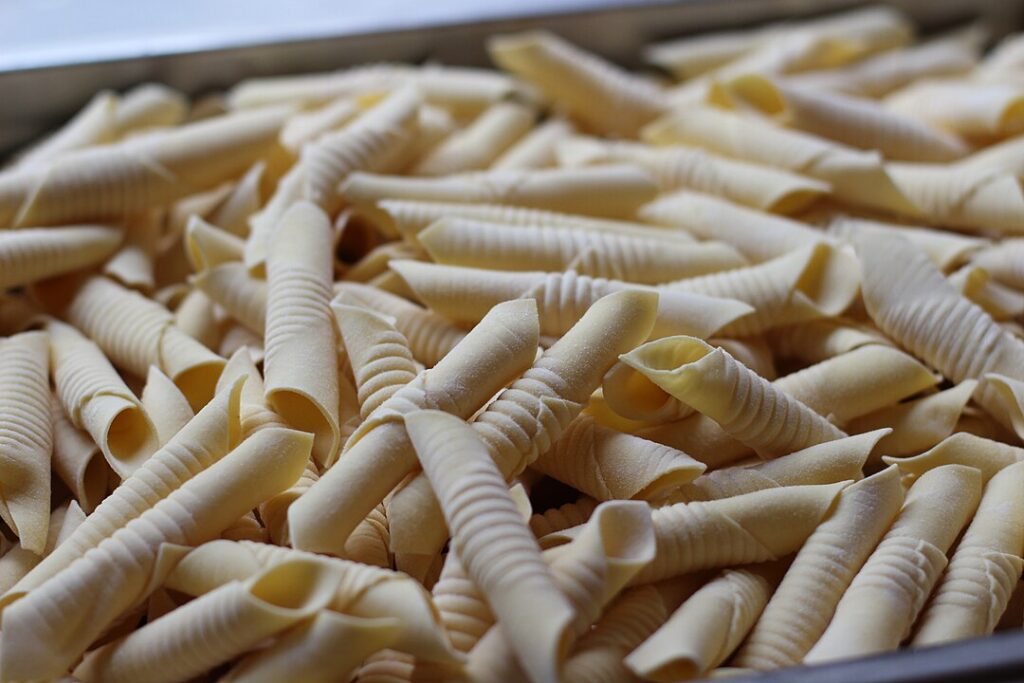
Garganelli is a quill-shaped pasta from Emilia-Romagna, made by rolling squares of dough around a wooden stick and pressing them onto a comb or gnocchi board. The ridges help sauce cling to the pasta, making it ideal for creamy or tomato-based sauces. Its unique shape adds visual interest to any dish.
Frascatelli (Lazio)
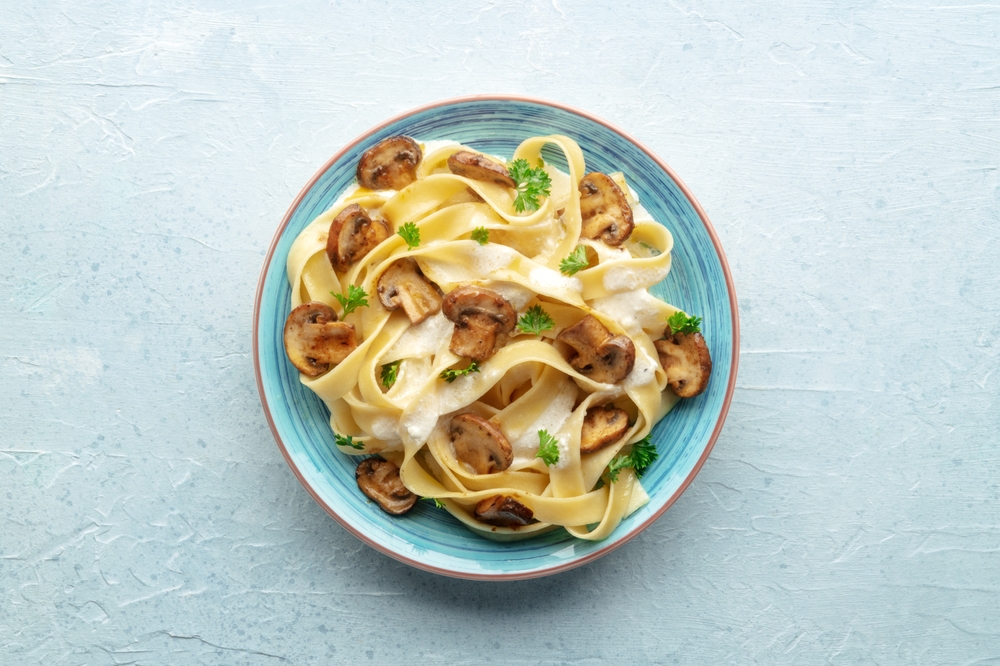
Frascatelli is a unique pasta from Lazio, made by rubbing semolina flour with water to create irregularly shaped, pebble-like pieces. This rustic pasta is typically served with simple, yet flavorful sauces like garlic, olive oil, and pecorino cheese. Its coarse texture allows it to hold onto sauces well.
Capunti (Apulia)
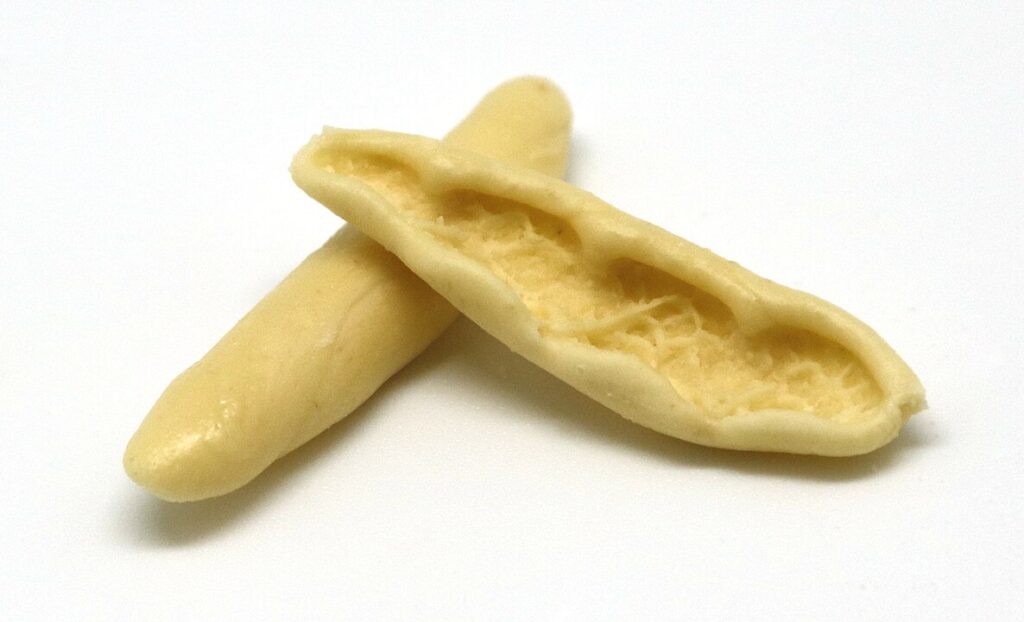
Capunti is a boat-shaped pasta from Apulia, made by pressing dough into elongated, hollow shapes. Its unique form is perfect for capturing chunky vegetable or meat sauces. Capunti’s sturdy texture and distinct shape make it a delightful addition to any pasta dish.
Fregola (Sardinia)
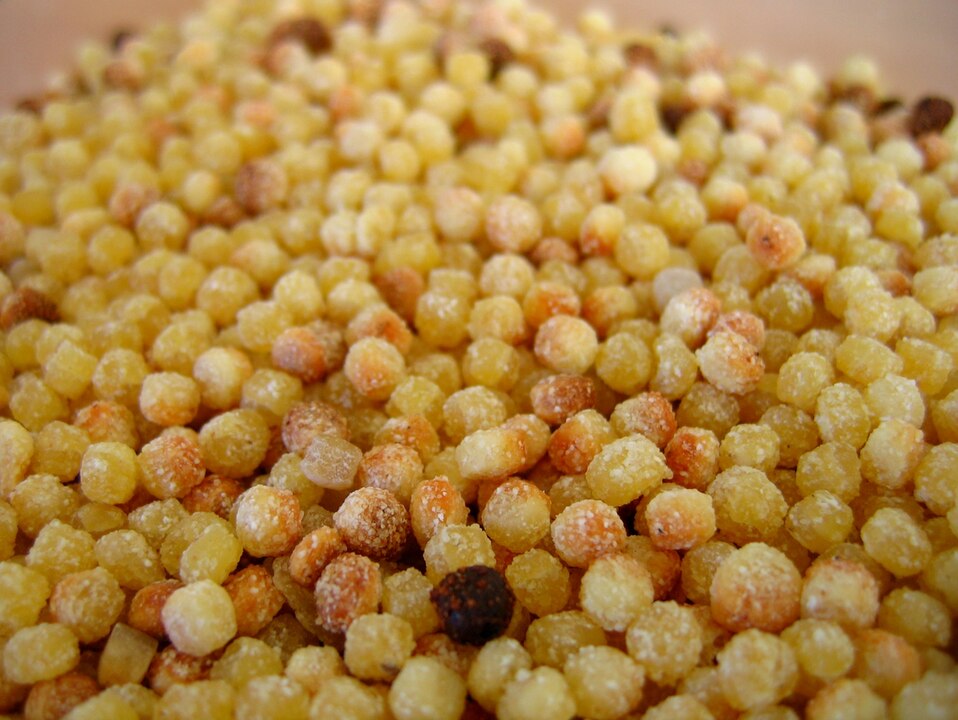
Fregola is a toasted, pearl-shaped pasta from Sardinia, similar to couscous. Made from semolina and water, fregola’s nutty flavor and firm texture make it ideal for soups and stews. It’s often paired with clams or other seafood in Sardinian cuisine, absorbing the rich flavors of the broth.
Mafaldine (Campania)
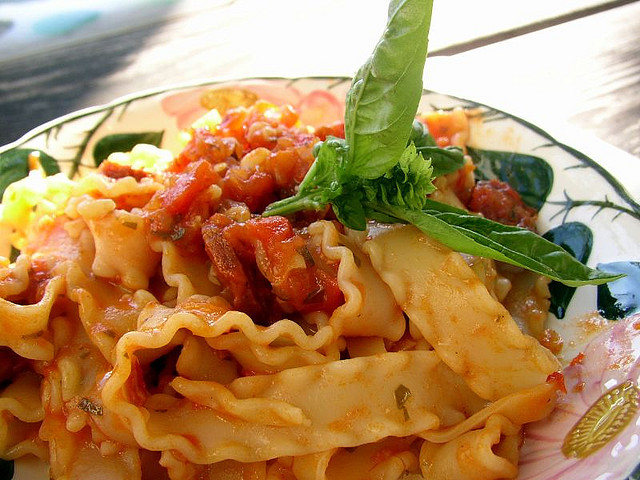
Mafaldine, also known as reginette, is a ribbon-shaped pasta from Campania with ruffled edges. Named after Princess Mafalda of Savoy, its elegant shape is perfect for capturing hearty sauces. Mafaldine’s broad surface and frilly edges make it ideal for creamy or tomato-based sauces.
Testaroli (Tuscany)
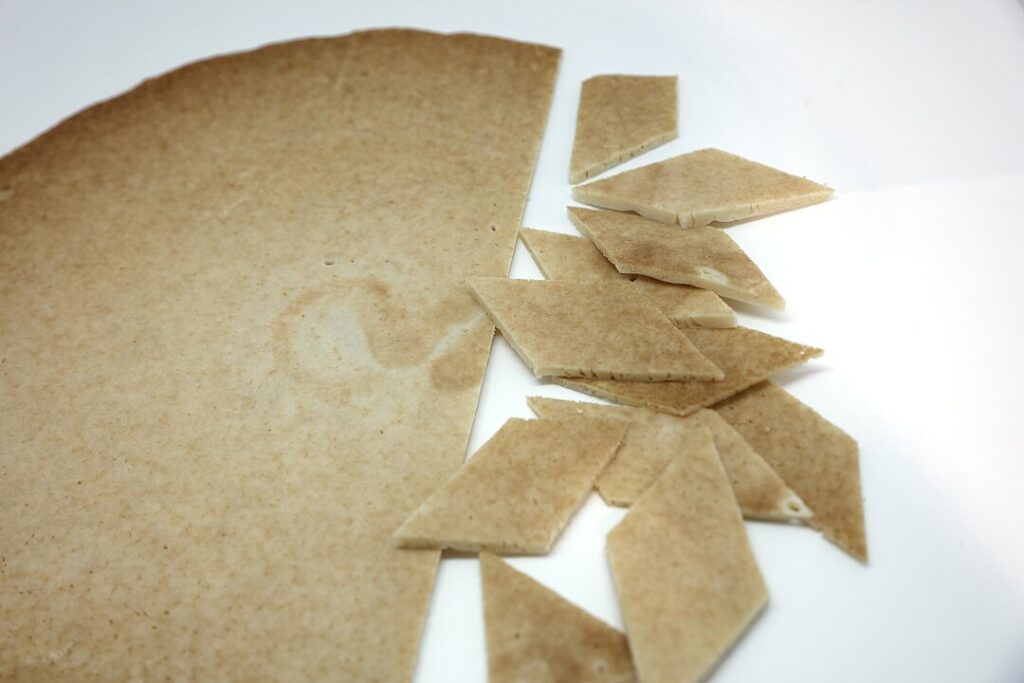
Testaroli is a traditional pasta from Tuscany, made by cooking a thin pancake of flour, water, and salt, then cutting it into diamond shapes. Typically boiled briefly and served with pesto or olive oil and cheese, testaroli has a unique, slightly spongy texture that soaks up sauces beautifully.
This article originally appeared on UnifyCosmos.
More from UnifyCosmos
20 Intriguing Facts About the Evolution of Video Games
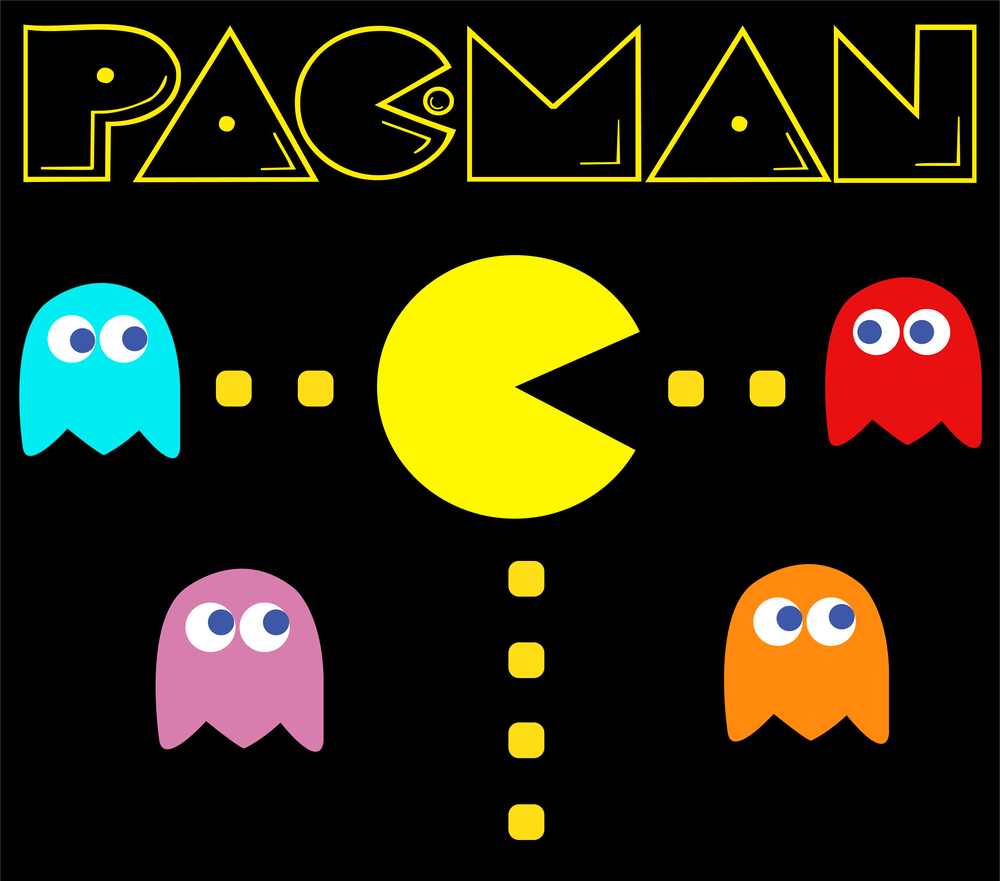
Let’s explore some of the lesser-known but captivating facts that have shaped the landscape of video games as we know them today. Read more!
21 Iconic Video Games That Revolutionized the Industry

In this exploration of groundbreaking video games, we delve into the titles that have left an indelible mark on the gaming industry. Read more!
23 Popular Video Games That Disappointed Fans

While some video games achieve massive commercial success, not all of them live up to the hype or expectations of players. In this article, we’ll explore a few examples of best-selling video games that ultimately left fans feeling disappointed. Read more!
Leave a Reply